 NOTE: THIS PAGE IS FFF: FAR FROM FINSHED!
NOTE: THIS PAGE IS FFF: FAR FROM FINSHED!
A Bit About Place….
We all live somewhere. And, if we’ve lived somewhere long enough, we begin to dream of exploring somewhere else. Somewhere different, maybe even somewhere better.
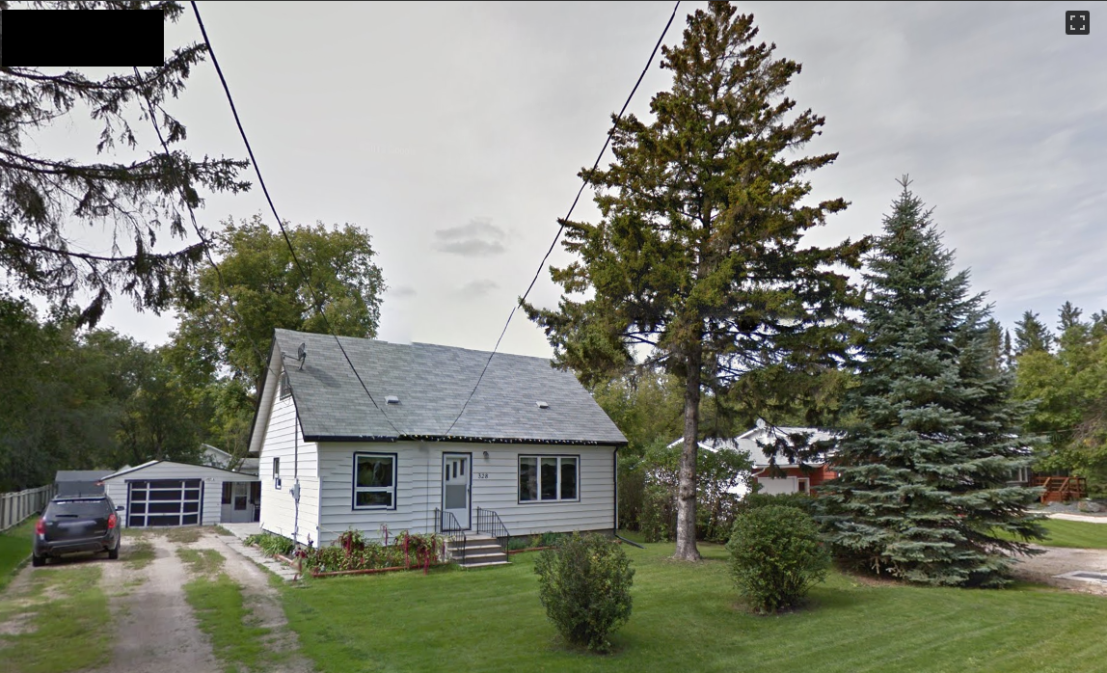
I’ve lived in several parts of Canada — Ontario, Saskatchewan, Manitoba, three different parts of BC, and 13 years in Sapporo, Japan, and like most of you, I suspect, have been privileged to visit many other parts of the world. I used to say, “Home? Wherever I hang my hat, that’s home.”
Winter Festival in Sapporo, Japan 2005.
Home is a somewhere that’s very familiar. So much so that when tourists “come to town” and start exclaiming how lucky we are to live in this place because of this facility, and that attraction, or the nice people here, we find ourselves admitting, often sheepishly, “You know, I’ve never actually spent any time there, or, it’s different when you live here. I always knew about about what you’re describing, and planned to spend more time there or to pay more attention to it, but, living here, day to day, I just never got around to it….”
Sometimes, we become tourists and go somewhere else. So different, in some cases, so attractive that we think to ourselves, perhaps, “If didn’t live somewhere, I’d move here — to this somewhere else….”
In 2002, I moved with my wife Nanae from Sapporo to New Westminster, which for a little over 12 years became our somewhere after Japan. We loved New West, and our place there with its indoor pool and workout gym.
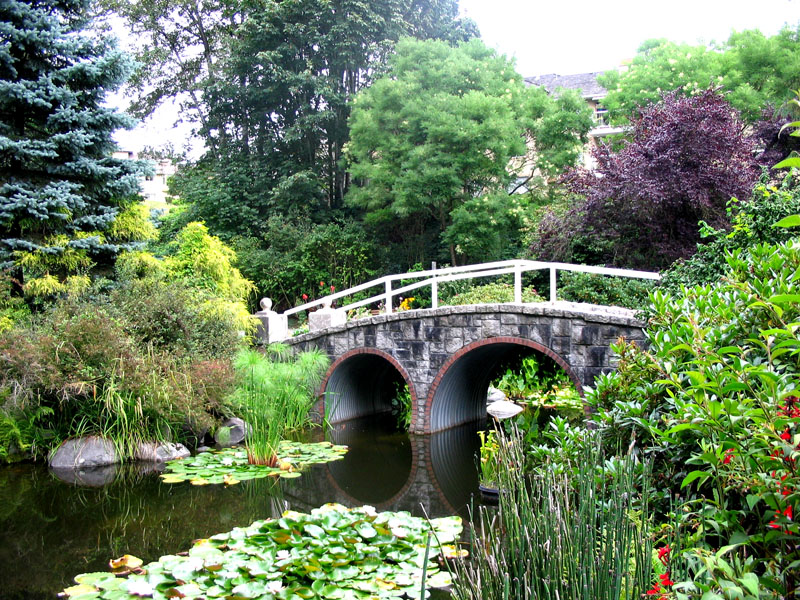
In mid 2014, however, for various reasons, we decided the time had come to explore somewhere else.
In 1969, when I moved from the Prairies to BC, the Trail area, actually, the Okanagan rated as only one of many somewhere elses in this vast province. Or, perhaps, to express the concept from a broader context in which BC had become my somewhere, the Okanagan Valley was just one of many places in the province that I’d seen briefly, but never spent significant time in.
Nanae and I became Coasters in 2002. Around 2005, we began planning annual birding trips “away” to Kane Valley or Okanagan Falls or Osoyoos; these travels soon became for us a “spring thing — a few days to look forward to away from the ‘big smoke.'” After my son began working at Predator Ridge, near Vernon in 2007, we began visiting there, too, and found the birding to be even better than what we’d enjoyed further south.
Kelowna, however, continued to be, well, still — somewhere else. Until the summer of 2014. By then, Sean had settled here, and we added Kelowna to our list of BC places to explore more often.
Following several accidents and incidents that occurred in June and July, 2014, we re-examined our dreams, and by August, decided to move here. While our place at the Coast was being sold in an unusually slow market for the Lower Mainland, we were blessed with the opportunity to house sit in Lower Mission near the Capital News Centre with its sports facilities and community library in the same building, and the H20 “Adventure and Fitness Centre” sharing the same parking lot.
We delighted in the fabulous recreational facilities and fields, and even more the marshes that marked their perimeters on the north, east, and south, as well as the wonderful walking loop along Lower Mission Creek. Oddly, we didn’t really explore the Belmont area until Spring 2015. It didn’t take long to decide that, in Kelowna, this community was going to be our new somewhere, if we could find a suitable condo.

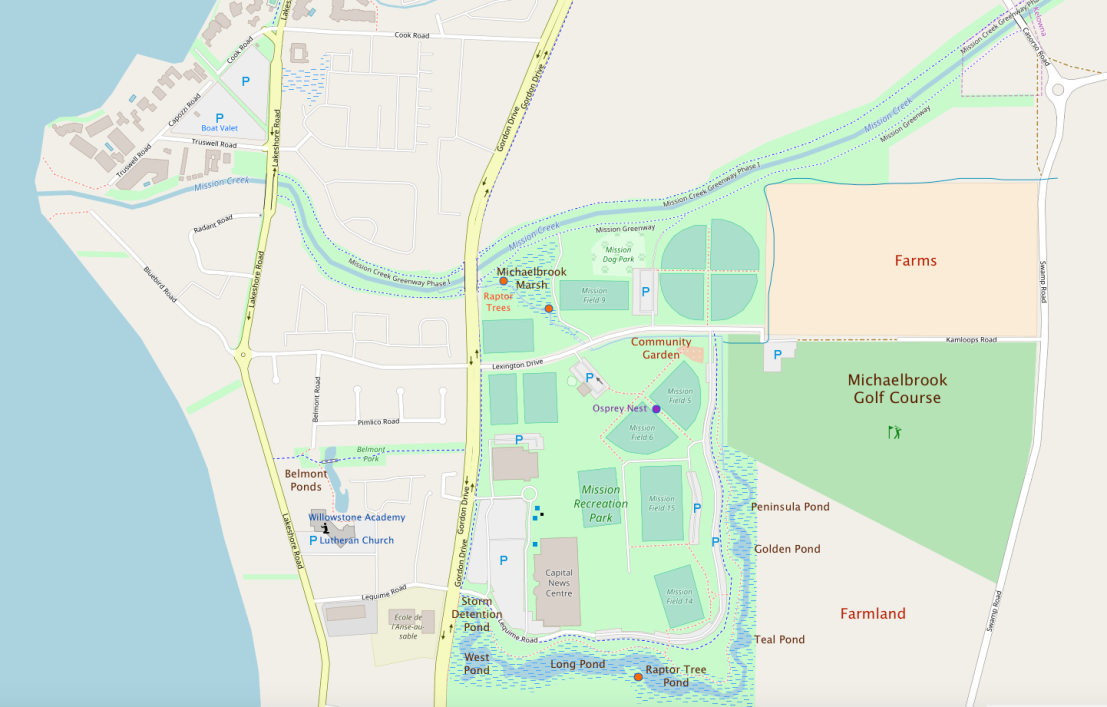
Perhaps you’ve discovered a place that fit your needs and interests to a T. Do you remember, after choosing it, the process of learning more about it every day? Understanding how it changes with the seasons? Discovering its idiosyncrasies and patterns and cycles? Identifying the variations from year to year? Looking ahead to the longer sequences of flood and drought? Hot years and cold? Recognizing that the cycles are never quite the same?
After three and half years here, and probably more than 3500 hours wandering the paths that border Thomson and Michaelbrook Marshes, Belmont Pond and Park, and Lower Mission Creek, and taking a great many photos, from which well over 5000 have been uploaded to my online Flickr website for sharing with countless folks around the world, most looking for an experience of somewhere else, I’ve decided it’s time to present our someplace to folks right here in Lake City — fellow residents whose opportunities to comprehend its charms may have been different from ours.
A Bit About Me….
Not much nice to say here, really. But some of you may be curious. As mentioned earlier, I’ve “binaroundabit,” with lengthy stays in Winnipeg, BC’s Cariboo, Hokkaido, New Westminster, and now, at last, and for as long as I last, Kelowna. Three score and thirteen years and still counting.
 Let me be clear: I’m not an expert on anything! On “my card” I claim to be “a student of Nature” and “an amateur photographer.” And that’s probably self-flattery. A lifelong learner, as well as teacher of many things since I was a High School student, I can’t resist the opportunity to pursue knowledge with anyone willing to engage. As much as I love my privacy, I enjoy meeting fellow journeyers! (Journey: a long and often difficult process of personal change and development.) That said, I have far more acquaintances than friends….
Let me be clear: I’m not an expert on anything! On “my card” I claim to be “a student of Nature” and “an amateur photographer.” And that’s probably self-flattery. A lifelong learner, as well as teacher of many things since I was a High School student, I can’t resist the opportunity to pursue knowledge with anyone willing to engage. As much as I love my privacy, I enjoy meeting fellow journeyers! (Journey: a long and often difficult process of personal change and development.) That said, I have far more acquaintances than friends….
I live within 800 metres of Mission Creek, 300 metres of Thomson Marsh, and even closer to Belmont Pond and Park, three powerful sources of motivation to enjoy life outdoors. Besides people, birding, and photography, I love reading, researching, writing, travelling, playing keyboards and a variety of individual sports, though sadly, not as many or as well as I used to.
Having been a joiner of organizations both work and community related, in which it seemed I always ended up in a secretarial or organizing role, when we moved up here, I determined to give myself a break. While I think the Central Okanagan Naturalists Club is a marvellous group that does wonderful work, I decided not to join. I’m pleased to know several of its members, however, and I follow its progress in various ways. But I greatly enjoy the solitude of my hobbies.
I’m married to a partner who’s dynamic and resourceful (and a whole passel of other qualities I’m going to keep to myself) who shares many of my interests, and enjoys a few of her own that I regard with awe. I greatly enjoy time with my sons and step-daughters and some of my grandchildren….
A bit About birding and How Important Photography Is To My Hobby…

I began birding, the process of really looking for and into birds, as opposed to just sort-of-liking them, in 1976. On a family camping trip in the eastern Cariboo, I noticed what I could only describe as “mutated Robin.” When I returned to school in September, I eagerly shared my discovery with the Bio teacher, an avid birder who occasionally gave night school courses to novices like me. He quickly reached for his bird book and showed me a picture of a Varied Thrush, a species I’d never heard of. Needing to know more, I bought my first bird book, a cheap Golden Book Birds of North America, and have never stopped studying.

I run into lots of folks who enjoy listening to and seeing birds in their local environment, even though they’re not about to get a bird book and start “listing.” I’m not really a lister, either. For those who wannabe, go to it! http://www.okanagannature.org-assets-BirdList2.pdf
I also come across many who do have a book or two, and are quite knowledgeable in a general sort of way. When our paths cross on our wandering around the Marsh(es), it’s great to be able to exchange verbal notes and discuss sightings in the area.
There are other local experts and gurus who know wayyyyy more than I, and who could do a much better presentation about the birds themselves than I. People who maintain detailed lists of species and locations and even numbers in a flock. Folks who contribute to e-bird, and who are willing to drive or even fly hundreds of km to see a bird that has dropped in far from where it’s supposed to be. Many of them may not bother with photography at all. Their money is all invested in top notch bins/binos and/or spotting scopes.
As well, there are bird/wildlife photographers, including some locals, whose work makes my efforts look like child’s play. Some know a lot about large birds, but are not so interested in the little ones….
I also want to mention the few individuals who passionately believe things about our birds and wildlife that are either just not true or not based on anything but hearsay, or speculation, or faulty memory, or misinformation. Heck, one guy I know, claims he saw a “mutated robin!” Folks who can tell us about birds they saw in “this spot” five years ago, but are not quite sure what it was always pique my curiosity….
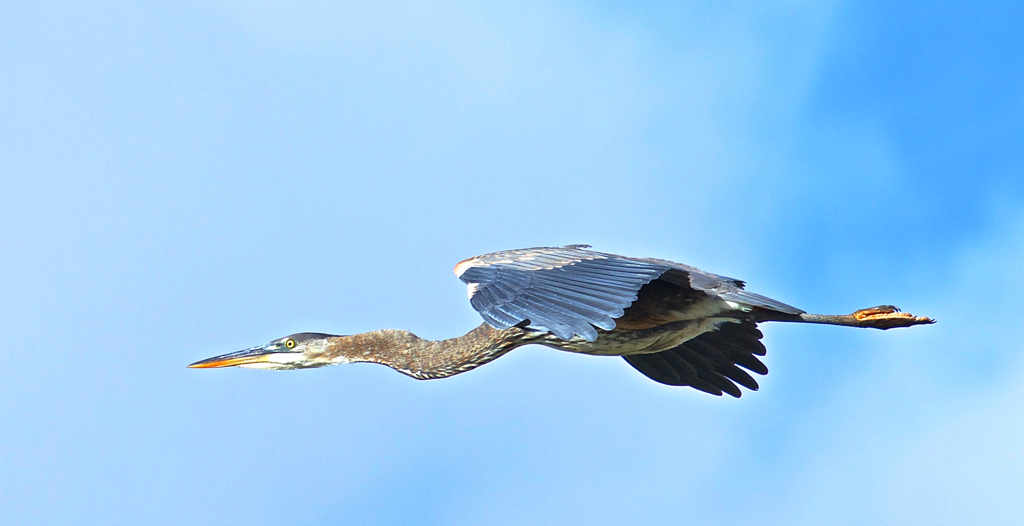
Have you seen the heron? Many folks are aware only of birds bigger than Robins or Crows, and then aren’t too sure if they’ve seen an Osprey or an eagle, a heron or a crane or a pelican, a sparrow or a swallow, and, in many cases, don’t really care. They just enjoy birds—those flying critters that aren’t bugs or bats…. Well, I used to be one of that group, so I’m not criticizing. I might, however, be willing to shed a little light if they’re open to it. Incidentally, heron fans can see more of our friends here:
I began trying my hand at photography not long after I discovered birding, but didn’t become serious about nature photography until I got a Digital Single Lens Reflex (DSLR) camera in September 2012. By then I’d worked through three different point and shoot cams with increasing zoom capabilities, but wasn’t satisfied with the quality of images I got from them — more my fault than theirs, as I discovered when I handed them down, eventually, to pre-teen grandchildren who often took better photos with them than I ever had.
My first DSLR was a Canon T4i “purchased” with AirMiles, to which I attached a relatively inexpensive 70-300 mm lens that enabled me to get more detailed closeups. A step up, but still not where I wanted to be.
Through a great Black Friday deal in November 2013, I acquired a much more costly (don’t ask) Canon 100-400 mm lens that I still use. In 2014, I sold the T4i and used AirMiles again to upgrade to Canon 70D “prosumer” camera that has made all of the photos in this presentation. I’d like to upgrade further, but at the moment, I can’t quite justify the expense. Maybe I should try crowd funding or selling my best photos….
So why mix birding and photography? For me, there are several benefits to birding/appreciating nature with a good camera and lens. First, I like to have a record of where and when I saw particular species and of the habitats I find them in.
Second, through sharing images on Flickr, an Internet image sharing website, I can learn so much about wildlife and how to “capture” it. Exchanging information and opinions with Flickr friends around the world — from Brazil to Mongolia, various parts of Europe, and across North America, from the Yukon to Texas and Vancouver Island Florida — is really fascinating to me.
Flickr is pretty much of a cheering-each-other-on-club. Naturally, some friends and their work resonate more than others. The coolest thing is discovering that someone in a distant area the globe is as passionate about this hobby as I am, that they see the world in similar frames but from different perspectives. Some of them are world travellers, some focus on their own back yards as I do. But it’s a great network for birder/photographers to belong to. I discover so much about other parts of the world, the wildlife there, and, of course, standards of excellence and diverse techniques in both birding and photography!
Third, just carrying the camera when I walk along the Marsh path invites questions and gives folks who have information an opening to share it. I’ve learned a lot from people who’ve stopped me to ask if I’ve seen this or that or know what that bird is or where that other one went. Because my photos are online and accessible through my phone at any time I’m in the marsh, I can often use them to illustrate an answer.
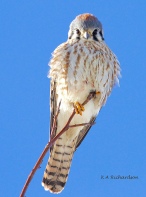
Fourth, the rigours of creating a good photograph force me to be a better observer. I’ll discuss that further as we look at specific species. Learning to see the environment from a photographer’s standpoint often leads me to discoveries I wouldn’t otherwise have made. And because I’m virtually never of the opinion that I couldn’t have done a better job, every encounter, even with a familiar species or a particular individual bird like Kessie, the American Kestrel, is another opportunity to pursue that goal.
Finally (really?!) taking the shot is one thing; editing the results, converting a snapshot into a ‘photograph,’ or occasionally something more resembling art — adds a new level of passion satisfaction. I enjoy every part of my complex hobby from finding the subjects, to “capturing” them, to processing the images and using them to tell stories like this one.
A Bit (more) About My Beat…

A Bit About Seasons…
As I mentioned earlier, although we didn’t move into our Kelowna residence until the end of February 2015, Nanae and I had been housesitting here during November, December and January. I began to grasp how four distinct seasons would enhance my enjoyment of this hobby. The winter of 2014-15 was a wonderful mix of snow and slush, frozen water and open water, white and brown and green and red and purple and blue.
In the fall of our first year here, a neighbour who was rather surprised by how many days I was “out there with my camera” asked, “So what are you going to do in the winter?” assuming that there would be little to see and/or photograph in the coldest season. “Why, shoot winter birds,” I responded. “There are winter birds?” she asked in astonishment. “There certainly are,” I replied.
By the way, I define winter as anytime after the first snowfall until the end of February. In 2017, it was more like the end of March! Spring begins when the Red-winged Blackbirds begin dividing up their territories in the marsh, and the hawks begin to leave.
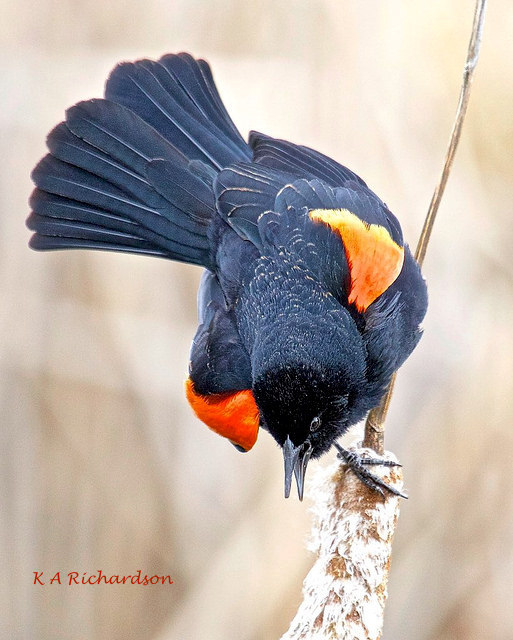
Winter slides into Spring.
In our first January here, we appreciated the variety of visitors to the Raptor Tree and below it. In Long Pond, a family of wonderfully entertaining River Otters brightened the days when there was barely enough light to photograph by. Otters show up from time to time according to their whims. In mid-January 2015 they performed on the Marsh ice and in the snow along the banks for a couple of weeks. I learned a lot about photography and video taping through them. Here’s a quick look: (YouTube) They also returned to the same area after the ice was gone in the Spring of 2018.
I’ve also documented some of the other non-duck, non-raptor winter species (they’ll be covered later) I’ve enjoyed in this limited space: AMGOs, AMROs, BBMAs, BOWAs, CAQU, DEJUs, DOWOs, ECDOs, GBHEs, HOFIs, HOSPs, HOSPs, MODUs, NOFLs, NSHR, PIWOs, SOSPs, WCSPs and a few others I do not have any or adequate photos of, including RCKIs, AMTS.
Most of these birds can be seen on my beat year round, some are more prevalent in the colder months, and BOWAs only in Winter/early Spring.
Each season brings new troupes to perform. In early Spring (February through April), I eagerly await the blackbirds: Red-winged, Yellow-headed, and Brewer’s; and the swallows: Violet-greens, Northern Rough-winged, Bank, Trees, and Barns; and Killdeers; and early warblers, mainly Yellow-rumps — aka Butter Butts and Yellows and Orange-crowned.
As we draw closer to Summer Solstice (May through June), my heart begins to palpitate in anticipation, in locales a few km from our marshes, of the arrival of Mountain and Western bluebirds, and Spotted Towhees, and various sparrows. In our Marsh, however, I check daily for incoming migrants from the Amazon, our Eastern Kingbirds.
Summer, of course brings a great variety of songbirds, each with its own week or two of prominence: Robins, of course, but also the occasional Bullock’s Oriole, Gray Catbirds, Willow Flycatchers, Warbling Vireos, Red-eyed Vireos and more.
Autumn usually gives us a second chance at warblers we may have missed on their quick migration through in Spring, especially Yellows, Orange-crowned, and maybe a Kinglet or two. From late summer through late Autumn, I look for anomalies, surprises, birds that we see only as accidentals — Western Kingbird, Tennessee Warbler.
A Bit About Best Moments over Three Years…
Thanksgiving weekend, 2014: My first “best shot” was of this Northern Flicker, blending into an autumn Red-osier Dogwood (Cornus sericea) or red willow, taken — a rare “one shot” only — between West Pond and the Storm Detention Pond.

The Otters of January 2015:
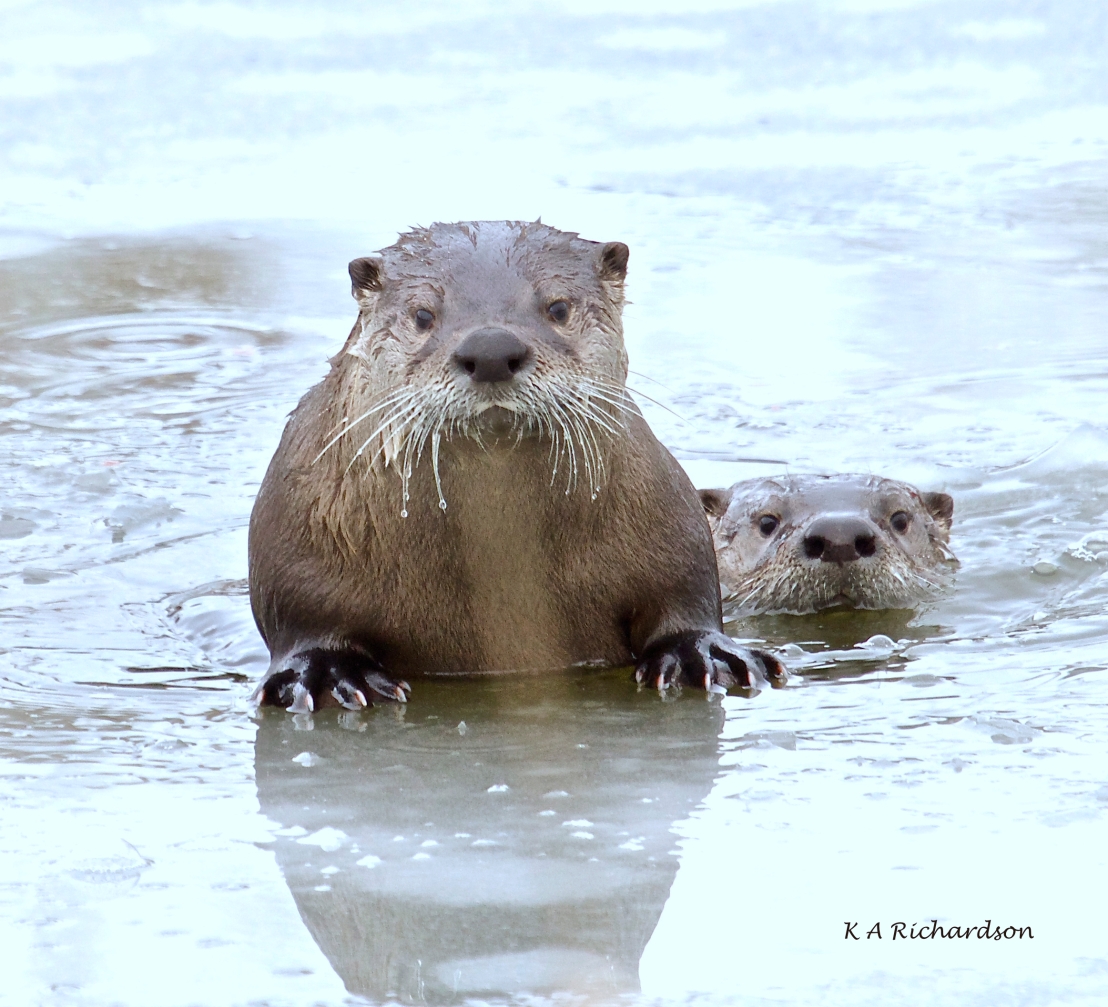
The Ospreys of August 2015:

Kessie, the American Kestrel, January 2017:

Whitey, the Harlan’s (Red-tailed) Hawk, January 2017:
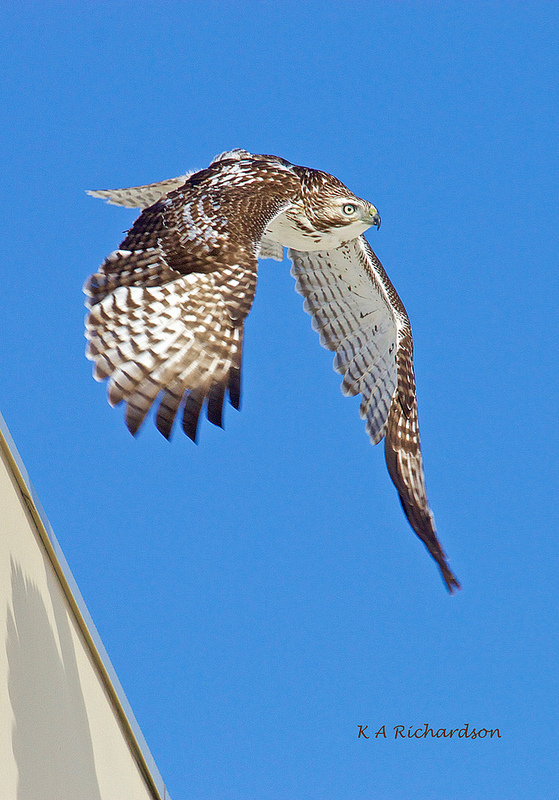
Juvenile Eastern Kingbird, August 2016
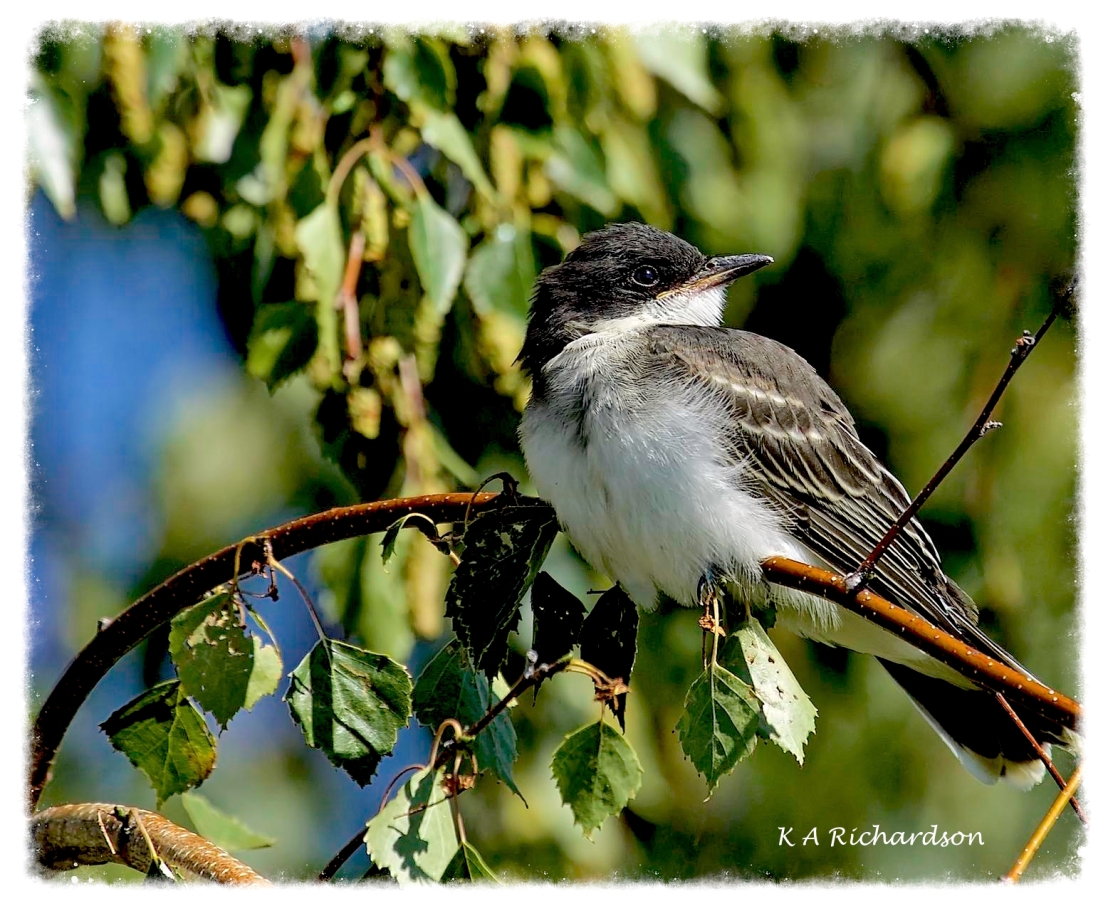
Red-winged Blackbirds vs Osprey, April 2016, Belmont Pond

Yellow headed Blackbird, April 2016

Long-eared Owl, February 2017
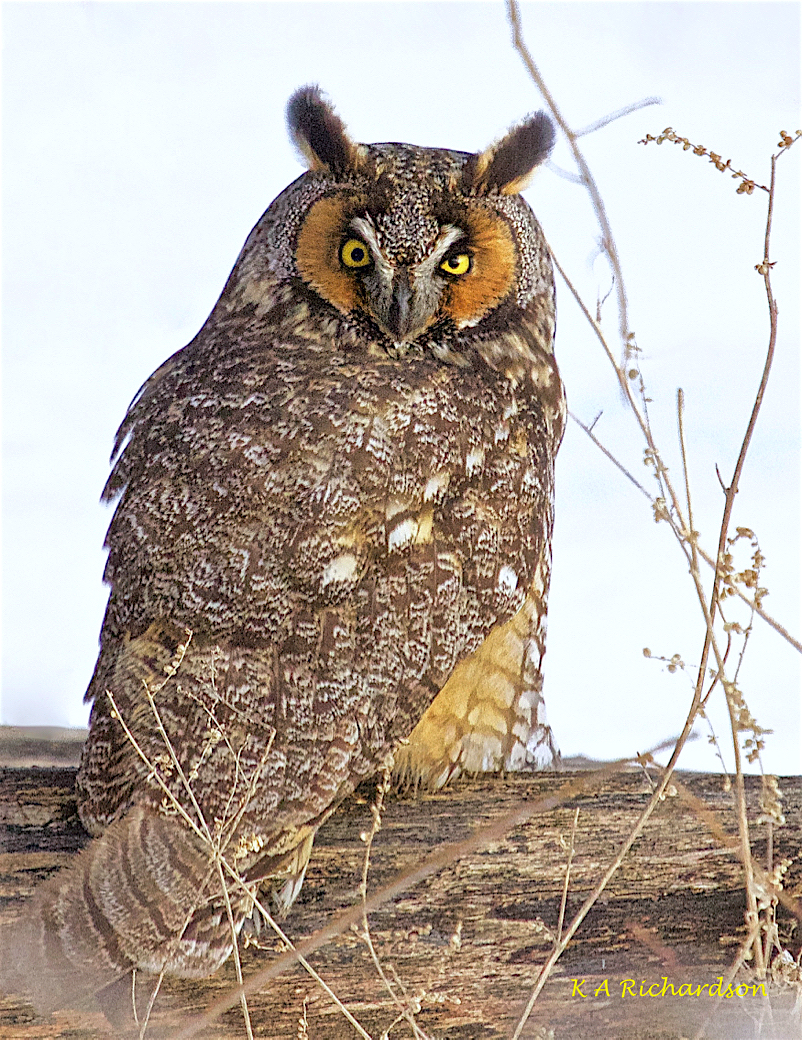
‘Lil Butch’ – Northern Shrike juvenile, Valentine’s Day 2017

Still a bit to be tidied up here…. Soon….


